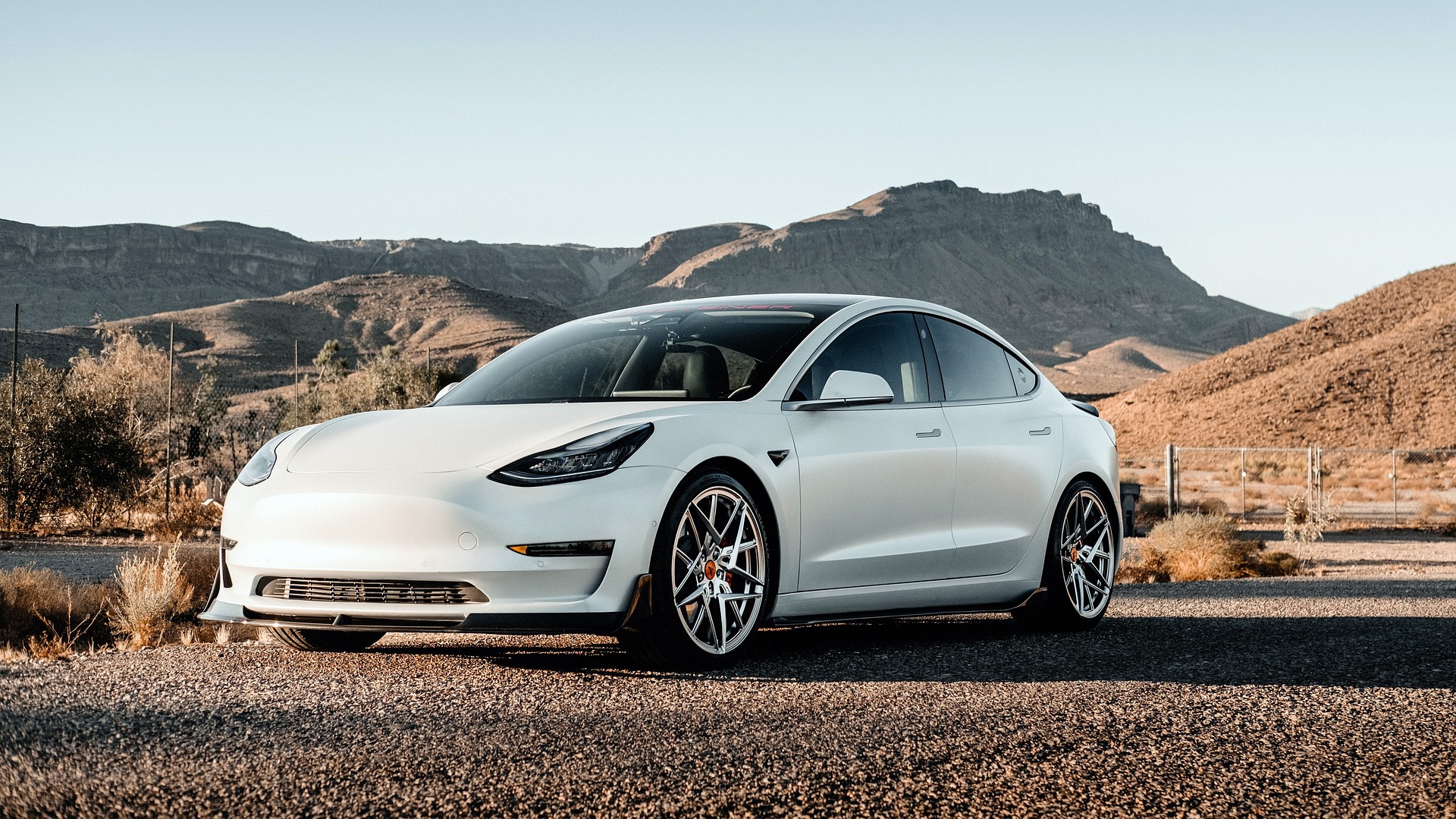Unraveling the Mysteries of Continuously Variable Transmission (CVT)
Continuously Variable Transmission (CVT) is an intriguing piece of automotive technology that has been quietly transforming the driving experience. Offering a new approach to gear shifting, it's a fascinating subject for both car enthusiasts and everyday drivers.

Understanding the Basics of CVT
In the heart of a CVT lies a simple yet ingenious principle: instead of using fixed gear ratios like a traditional automatic or manual transmission, a CVT utilizes a pair of variable-width pulleys with a flexible belt running between them. This design allows for an infinite number of gear ratios, providing smooth and seamless acceleration with optimal fuel efficiency.
The Historical Context of CVT
While CVTs might seem like a relatively new concept, their roots can be traced back as far as Leonardo da Vinci, who sketched the basic design in the 15th century. However, it was not until the late 20th century that the technology was mature enough to be applied in mass-produced vehicles. The Dutch company Van Doorne’s Transmissie was a pioneer in this field, with its DAF cars being among the first to feature CVTs.
CVT in Today’s Automotive Landscape
In recent years, CVTs have gained significant traction in the automotive market. Manufacturers like Nissan, Subaru, and Honda have been integrating this technology into their models to improve fuel economy and driving smoothness. The growing popularity of CVTs is a testament to the automotive industry’s continuous pursuit of efficiency and innovation.
The Impact and Benefits of CVT
The most noticeable benefit of CVT is its ability to provide a smooth, seamless driving experience. Without the noticeable shift points of a traditional transmission, acceleration becomes a fluid process. Moreover, CVTs can constantly adjust to deliver optimal power and fuel efficiency.
However, it’s not all sunshine and roses. Some drivers find the driving experience less engaging due to the absence of traditional gear shifting. There are also concerns about the long-term durability of CVTs, particularly in high-performance scenarios.
The Future of CVT: Challenges and Opportunities
As the automotive industry continues to evolve, CVTs face both challenges and opportunities. The rise of electric vehicles, which do not require traditional transmissions, could limit the application of CVTs. However, for hybrid vehicles that still employ internal combustion engines, CVTs could play a crucial role in maximizing efficiency.
In conclusion, the journey of CVTs from da Vinci’s sketchbook to modern vehicles is a testament to human ingenuity and the relentless pursuit of improvement. As we hurtle into the future, CVTs may continue to shape our driving experiences in ways we have yet to imagine.




